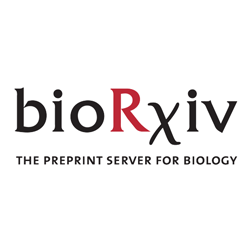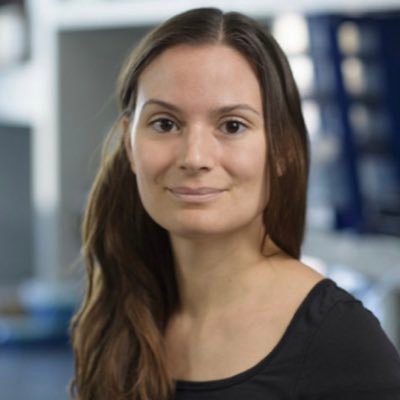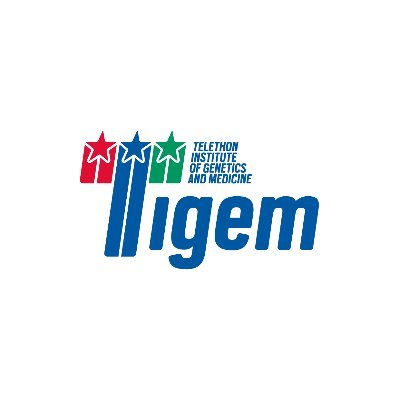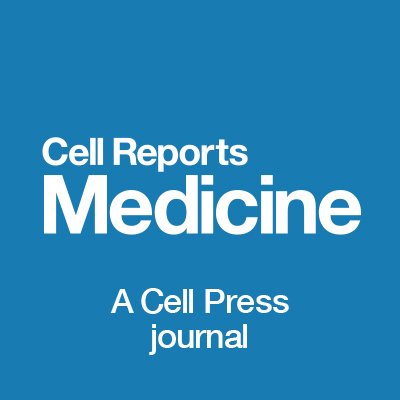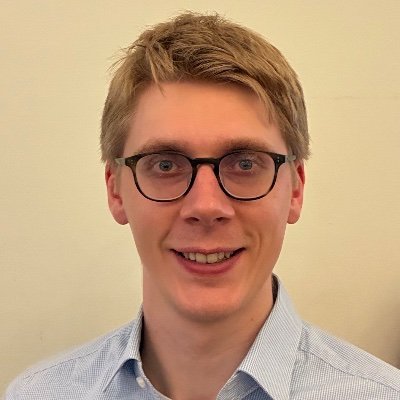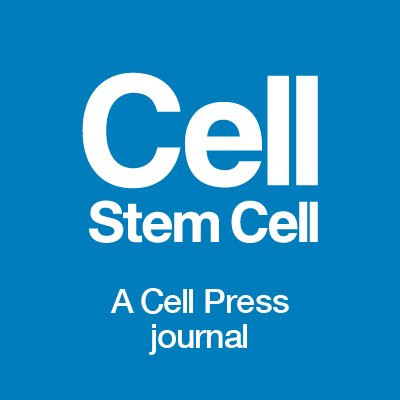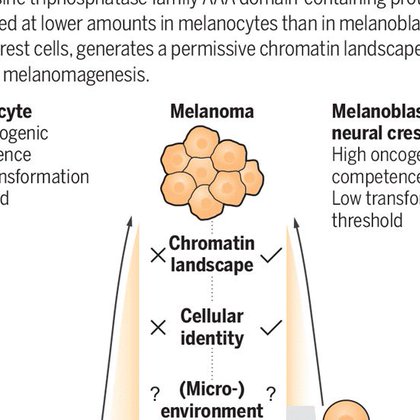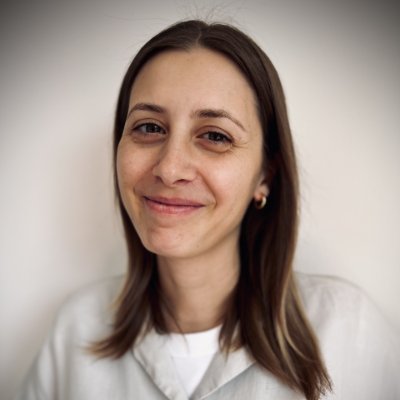
Elisa Giacomelli
@giacomelli_eli
Followers
169
Following
103
Media
0
Statuses
122
Clinical trial innovations at Mass General Hospital & Harvard Medical School | Scientific Communications | External Affairs
Boston, USA
Joined May 2011
Excited to share our new hPSC-cortical organoid model as preprint. The result of a beautiful collaboration in @studerl lab. Major shout out to @BaggioliniA, now group leader https://t.co/TP02vMuZ5d, Ryan Walsh,@Gabriele_Ciceri,@Rittenhouse_CA
https://t.co/8N8vSE4nAM More Info👇
biorxiv.org
Mammalian outer radial glia (oRG) emerge as cortical progenitor cells that directly support the development of an enlarged outer subventricular zone (oSVZ) and, in turn, the expansion of the neocor...
1
10
50
In vivo gut motility controlled by grafted human PSC-derived ENS in severe mouse model of Hirschsprung’s disease. Study now published @CellStemCell on sacral-derived ENS precursors https://t.co/lyRRzCIvl3. Huge effort by Yujie Fan and an amazing team of collaborators @MSK_CSCB
7
30
102
Happy to welcome @lisapavinato in our lab 🎉🎉🎉 Lisa has won the prestigious EMBO award, which started a collaboration between the Brusco lab in Turin and my lab in Switzerland. Very excited about the work that we will be doing together🤩💪💪💪
2
5
30
Remarkably, we also show that extrinsic LIF is required as this ligand is normally produced by non-neural cell types such as brain vascular pericytes, and that integrating hPSC-derived cranial pericytes in cortical organoids can substitute for LIF treatment. Check it out 🙌
0
0
3
This protocol, based on treatment with leukemia inhibitor factor (LIF), dramatically enhances the development of a structured outer subventricular zone germinal layer and outer radial glia progenitor/neural stem cells, two key features of the developing human cortex.
1
0
3
“Generation of human cerebral #organoids with a structured outer subventricular zone” Great work by @BaggioliniA @studerl @giacomelli_eli @gabriele_ciceri Ryan Walsh, Chelsea Rittenhouse & colleagues 🧠🧬 https://t.co/nlK9zXtIDJ
biorxiv.org
Mammalian outer radial glia (oRG) emerge as cortical progenitor cells that directly support the development of an enlarged outer subventricular zone (oSVZ) and, in turn, the expansion of the neocor...
0
4
9
First in person seminar after the long haul of the pandemic, and it could not have been a better venue and audience! Thanks Davide Cacchiarelli for the invitation and @Tigem_Telethon for the first in class hospitality
A huge thanks to Alessandro Bertero @berteroale for a great #TigemSeminar yesterday. He discussed new insights on #chromatin organisation from his group, made by studying the differentiation of human pluripotent #stemcells into #cardiomyocytes in disease and normal conditions.
0
1
8
Don't miss this amazing opportunity in Southern Switzerland! The Baggiolini Lab is opening and looking for PhD students and a Lab technician/Lab assistant!
Come and join us in Switzerland! We are looking for PhD students and a Lab technician/Lab assistant: https://t.co/BvWhyJnfir Application deadline: April 30, 2022 🗓 More info: https://t.co/qMyXkMl6M8 Please RT/share! Yes, we really do have palm trees in Southern Switzerland 😉
0
0
1
The Baggiolini lab is opening its doors in September 2022 at Institute of Oncology Research (IOR @IOR_Bellinzona, affiliated to USI @USI_univeristy and member of Bios+).
17
18
114
Now @CellStemCell: Researchers evaluate the modeling of neurodegenerative diseases using #iPSCs. They highlight challenges to exploiting iPSC technology's full potential in neurodegenerative diseases. @giacomelli_eli @BVahsen @studerl
https://t.co/6NIQn98dOZ
0
5
19
Very happy to share our review on ALS and iPSC models of neurodegeneration in @CellStemCell in collaboration with amazing co-author @giacomelli_eli and other great colleagues from the @studerl lab and the Talbot lab.
0
9
26
As a result of a beautiful collaboration between the @studerl and the Talbot lab, I am pleased to share our review on ALS and iPSC models of neurodegeneration in @CellStemCell. A very special thank you to @BVahsen for his terrific work as co-author! https://t.co/Mr1XEoaiOU
1
6
32
Happy New Year! Our January 2022 issue is live! The cover story uses iPS models to uncover non-coding structural variations in human brain evolution. Plus we have a Review on ALS and iPS models of neurodegeneration, gastrointestinal assembloids, and more! https://t.co/aGkqvAoDP3
0
4
12
Check out this beautiful story from my friend and colleague @BaggioliniA. Terrific collaboration between the @whitefishlab ,@studerl and @sloan_kettering
Oncogenic competence in melanoma. Check out our work today at @ScienceMagazine 👇 This is the fruit of a terrific collaboration between the @whitefishlab & @studerl lab @sloan_kettering
0
0
3
Oncogenic competence in melanoma. Check out our work today at @ScienceMagazine 👇 This is the fruit of a terrific collaboration between the @whitefishlab & @studerl lab @sloan_kettering
Why do mutations only sometimes cause cancer? In our new @ScienceMagazine paper, we describe a mechanism for this called "oncogenic competence":
12
20
108
For those interested in the topic - Below the accompanying perspective in the same @ScienceMagazine issue by Vredevoogd & Pepper. Enabling oncogenes
science.org
Melanoma can arise only from cells with a permissive chromatin landscape
0
7
19
Why Are Only Some Cells ‘Competent’ to Form Cancer? MSK Scientists Say Context Is Key
mskcc.org
Experiments with zebrafish and human pluripotent stem cells reveal the necessary ingredients, besides genetic mutations, that fuel the development of melanoma.
0
1
7
Our work on cardiac microtissues and multiwell MEAs to study the electrical phenotype of long QT syndrome is out! Thanks to the amazing team @Luca_Sala, Dorien Ward-van Oostwaard, and @MilenaBellin Check it out! https://t.co/QuPXRriUrS
1
3
5
Thanks to all the amazing collaborators that supported our work: Mathias Treier, @studerl, @KonradBasler, Mitchell Levesque, Reinhard Dummer, @LabSantoro, @ClaudioCantu81. In particular to Mattias Pernebrink from the @ClaudioCantu81 lab
0
3
4
Check out our newest paper on Sall4 and the epigenetic regulation of melanoma cell invasiveness @NatureComms from the Sommer lab @UZH_Science. Major shout out to Johanna Diener.
nature.com
Nature Communications - Melanoma cells can switch between proliferative and invasive phenotypes. Here the authors show that the embryonic stem cell factor Sall4 is a negative regulator of melanoma...
3
14
42

